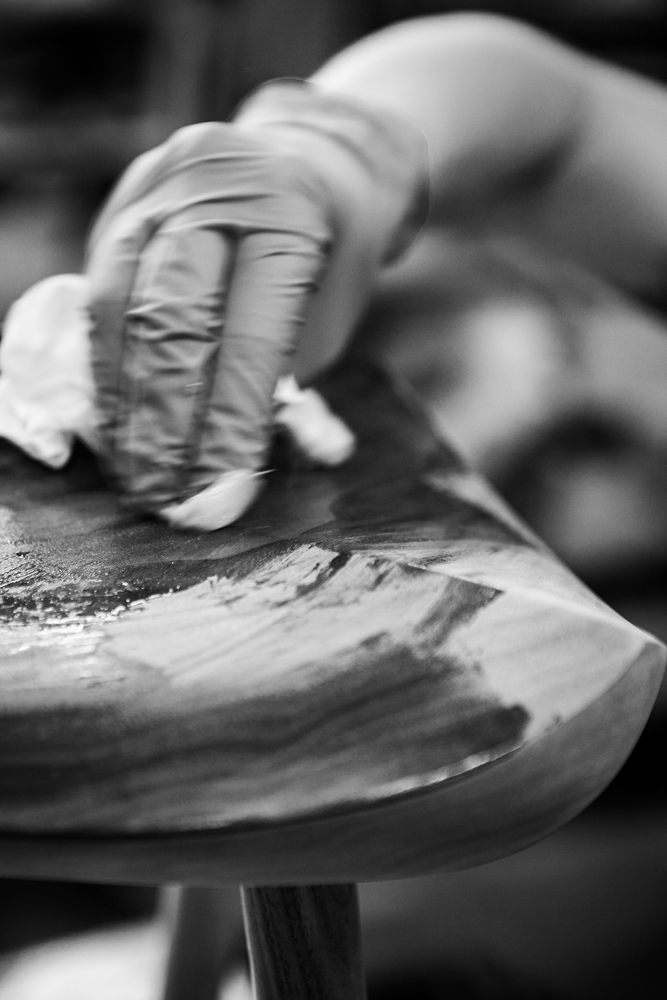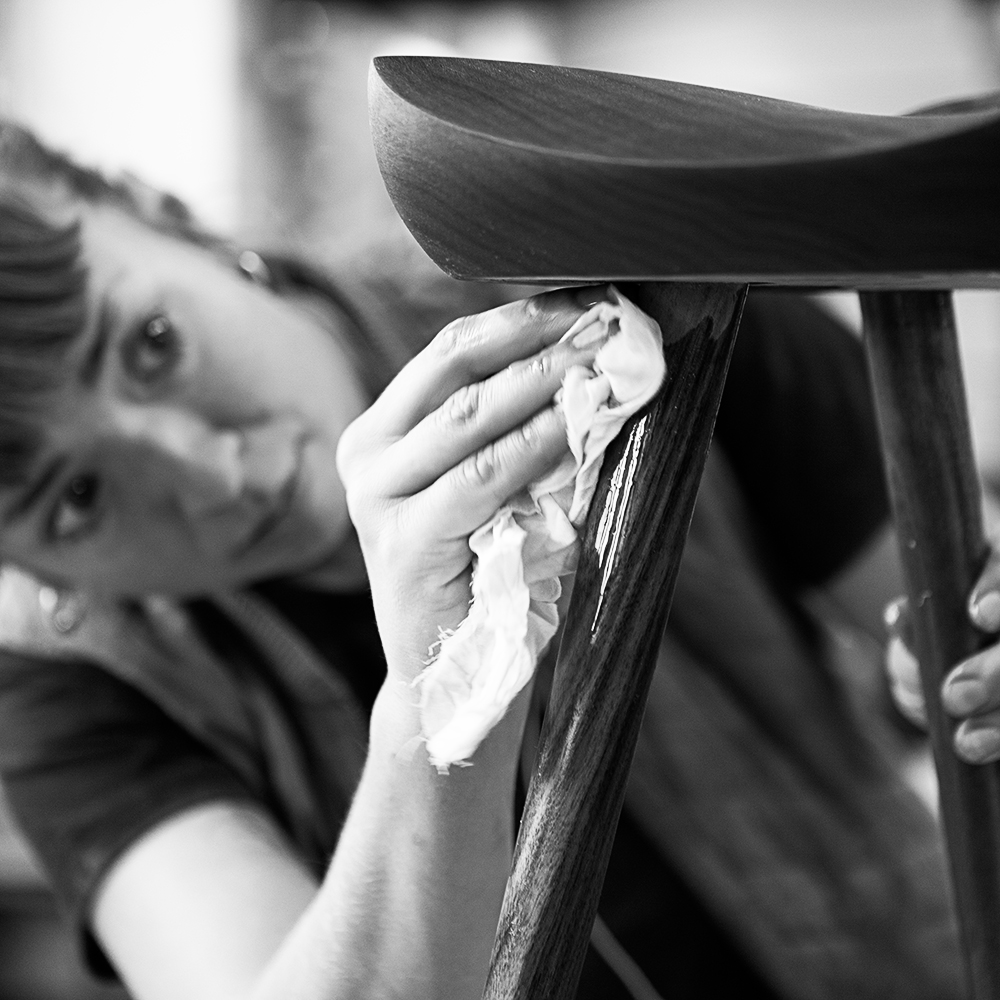
A piece of wood should be able to breath and develop its own natural patina. In order to give the new pieces of crafted furniture a proper start in their hopefully long life to come, we offer natural surface treatments only.
Soap treatment of wood is an old Danish tradition and has been used for centuries to clean and maintain wooden furniture and floors.
The first soap treatment at our workshop significantly raises the grain of the wood making the surface feel rough. Then the surface is sanded with fine sandpaper, until it is soft and smooth.
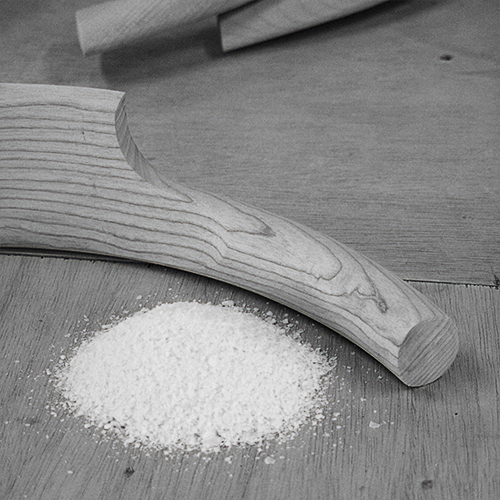
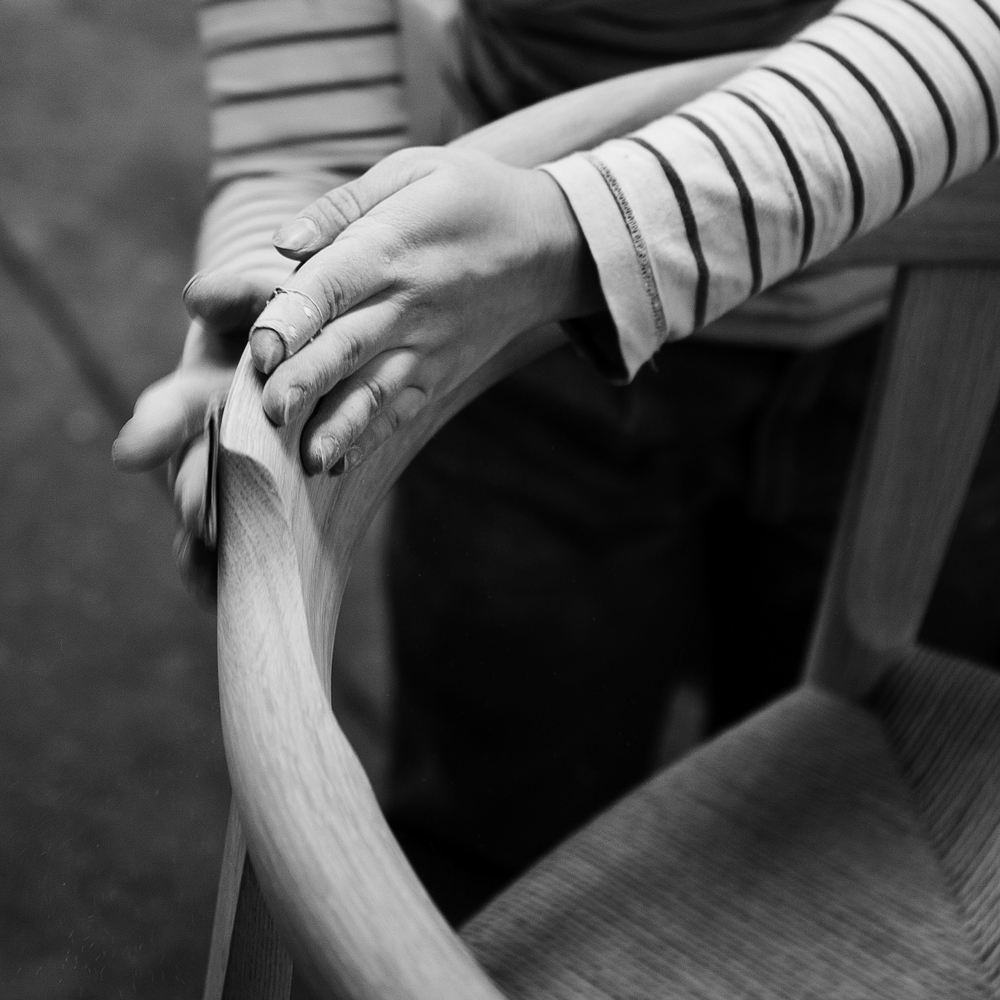
When newly finished a piece of soap treated furniture will be very delicate, as the wood surface is basically untreated. The more often the wood is washed with soap, the lighter and more resistant to dirt it becomes, as the soap will gradually accumulate in the wood cells.
When exposed to changing humidity or washing, the wood surface may become slightly rough again. This is a natural reaction, and soap treated wood may always be gently sanded along the wood grain with fine sandpaper, to regain a silky soft surface.
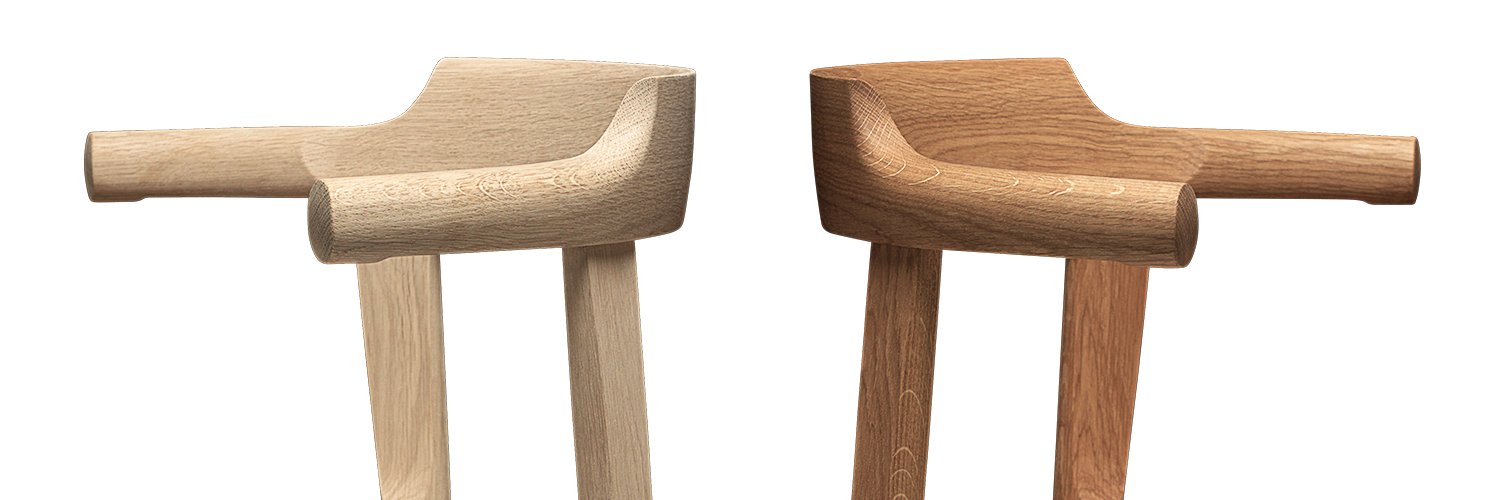
The basis of a successful oil treatment is a soap water treatment or a clean water treatment with a following sanding for a smooth surface as described above.
The oil treatment will apply an initial protection of the wood surface, as the wood cells will absorb the oil making it less likely that they will absorb dirt and stains. Also the oil will bring out the colour nuances of the wood grain.
For light woods a white pigmented oil can be used in order to keep a light colour.
